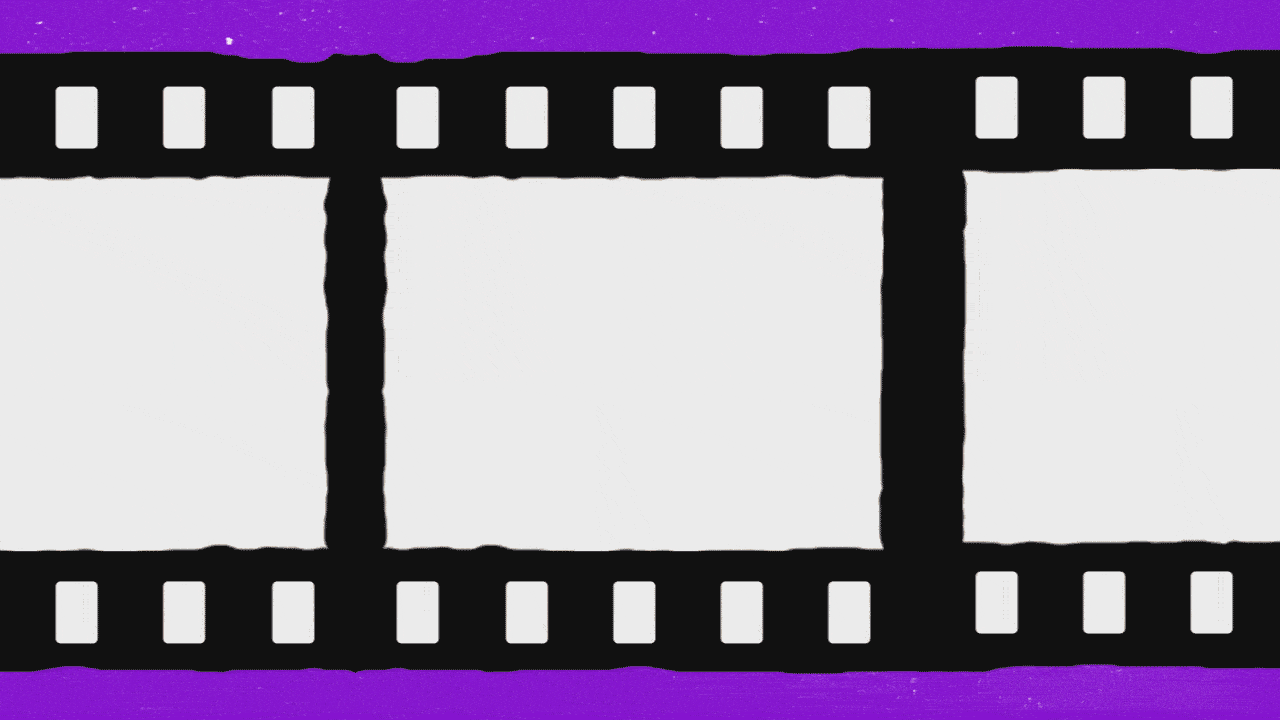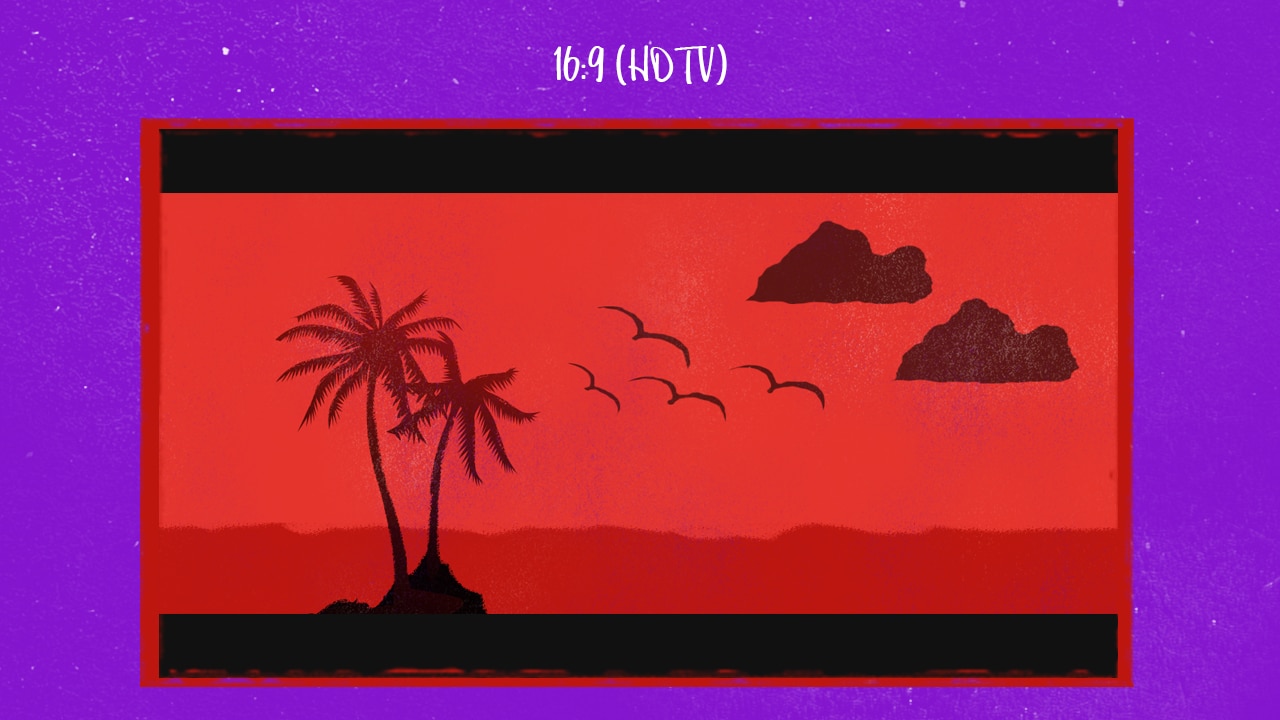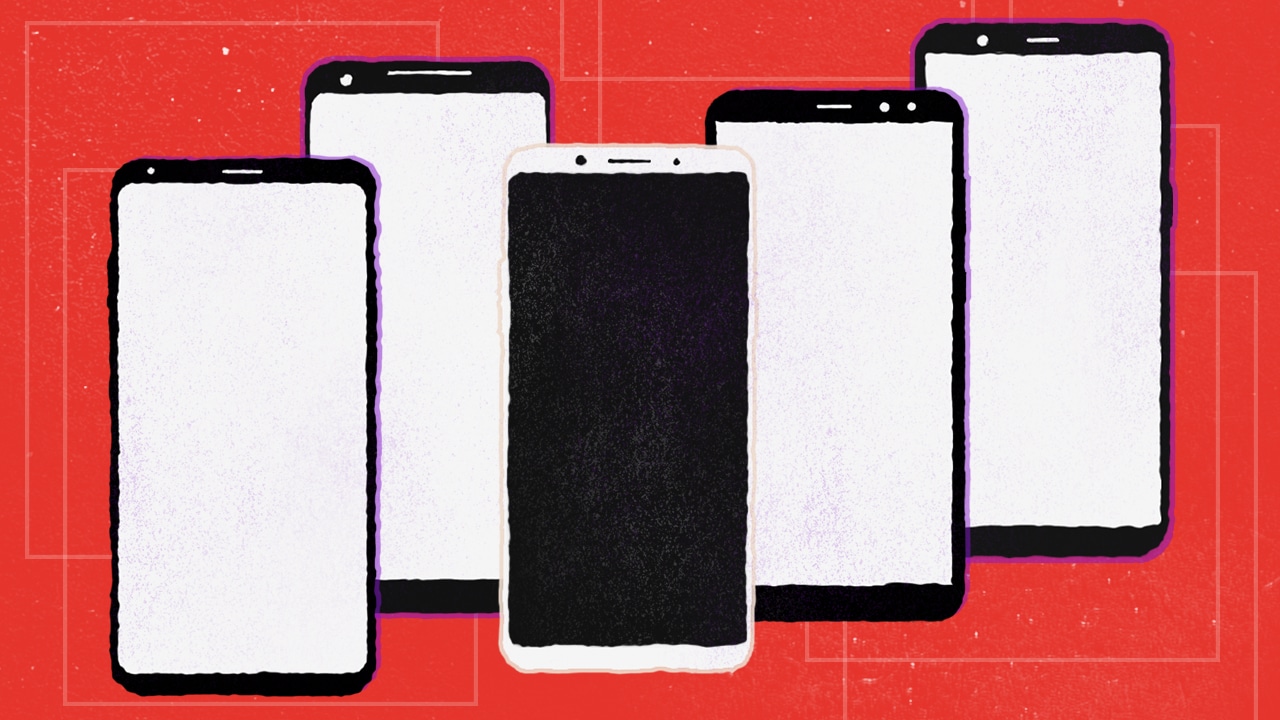
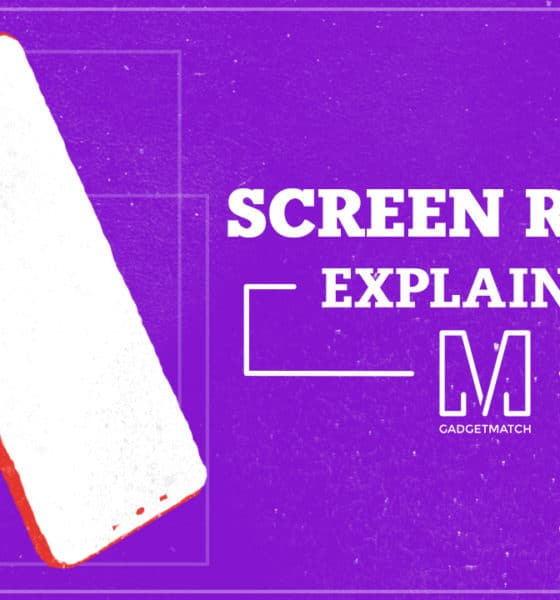
2018 will be the year of the notched, bezel-less display. Along with it comes a new number that not everyone knows what to make of yet — the 18:9 aspect ratio.
Smartphones are quickly adapting the new 18:9 standard. However, since the ratio is still in its relative infancy, you might have heard more about its smaller variant, 16:9. Since the invention of widescreen TVs, everyone took in 16:9 as the industry standard. With 18:9 just on the horizon, should we care that our phones are getting taller?
What is aspect ratio?
First, let’s define what an aspect ratio is. The two numbers describe how big a device’s screen or a piece of media is. Specifically, it compares how wide your screen is relative to its height. The larger number is its height, while the smaller is its width.
For example, the square photos on Instagram have an aspect ratio of 1:1. As it gets taller or wider, its corresponding number on the ratio increases. It can vary from the old 4:3 to the ubiquitous 16:9 to the new 18:9.
Where did it come from?
The history of aspect ratios has always been intimately linked to the movie industry. The art of experimenting with aspect ratios began as cinematographers trying to perfect their film’s vision. With every new experiment, a new aspect ratio is born. Sometimes, their experiments become popular enough to become an industry standard.
The world’s first documented aspect ratio, 4:3, is also one of the world’s most popular ones. Remember those bulky CRT monitors you used to have? Those used the 4:3 ratio, which was adapted from old-school cinema. The first films used the film negative’s perforations (or holes) to measure their screens. In 4:3’s case, the screen was three perforations tall and four perforations wide.
When television was invented, the world of cinema faced tremendous competition. At the time, TVs also started off with a 4:3 display. Naturally, the homely convenience of a TV placed it at an advantage over the inconvenience of driving to a movie theater. The film industry had to compete.
Going head-to-head with the TV, cinematographers invented wider and taller aspect ratios. From this era, we saw the invention of the 70mm film. These huge ratios could fit more content on the screen. They became so popular that 70mm is still a standard that’s used today.
Our old friend, 16:9, arrived shortly after this boom. With aspect ratios popping out of nowhere, there came a need for a standard that everyone could follow. For this, Dr. Kern Powers, an expert at the craft, proposed the 16:9 format, a compromise between the industry’s most used ratios. With this format, you can watch either a TV show or a movie with minimal letterboxing (or the black rectangles on the edges of your screen).
Its flexibility skyrocketed the ratio into ubiquity. A lot of screens adapted the ratio as a result. Years later, almost every device prior to 2017 used a 16:9 display. Even now, the ratio that we’re most familiar with is 16:9.
Now, if 16:9 so effective, where did 18:9 come from?
The birth of 18:9
Because of the massive popularity of 16:9, 4:3 displays became obsolete. Today, finding a 4:3 device involves a trip to the nostalgia store. 16:9 began as a compromise. Since everyone adapted the compromise, it became a norm. The feud now was between HDTVs and cinemas.
Hence, the gap between portable 16:9 screens and cinema’s 70mm still exists. The next logical step is to create a compromise between 16:9 and the current 70mm cinema standard.
In 1998, cinematographer Vittorio Storaro solved this by inventing the Univisium film format, or what we know now as 18:9. Seeing the need for a new standard, he saw 18:9 as a standard that can make both cinemas and TVs happy.
At the time of his invention, only a handful of films used his new standard. In fact, most of them like Exorcist: The Beginning were his own films. Univisium would lay low for over a decade.
The rise of 18:9
In 2013, Univisium entered a renaissance with hit streaming show House of Cards, which was shot in the format. Having found a new home, Univisium crawled its way into other shows like Stranger Things and Star Trek: Discovery. In some circles, 18:9 was already known as the “streaming ratio.”
With the effectiveness of 18:9 proven, devices started adopting the new ratio. In 2017, the LG G6 and the Samsung Galaxy S8 launched with 18:9 in tow. (The S8 would use a slightly adjusted 18.5:9.)
After the trendsetters, more phones started getting into the trend. Google, OnePlus, and Huawei would soon adapt the new ratio. Even the Apple iPhone X uses a taller ratio: 19.5:9.
Should you get an 18:9 phone?
As it’s still in its infancy, the usefulness of 18:9 isn’t as apparent. However, the ratio already carries a flurry of benefits for early adopters.
Firstly, getting an 18:9 phone ensures future-proofing for a standard that’s quickly gaining traction. More shows are using 18:9. Even Hollywood is already testing the waters. 2015 film Jurassic World used the ratio.
Secondly, Univisium optimizes existing smartphone features like split-screen view. With more real estate, two apps can easily share the screen for a true multitasking experience. Even without the feature, phones can display more content in one screen without scrolling.
It’s likely that you won’t see the benefits until further down the line. The shows that use 18:9 are still too few to call it a true standard. When you watch a contemporary video on an 18:9 screen, you’ll still notice letterboxing. Despite their flexibility, some apps might even have trouble stretching to 18:9.
The vision of 18:9 is still in the future. It will have its growing pains. Critics will even put it down as a fad. However, the new ratio shows a lot of promise in uniting content under one pleasing ratio.


It’s that time of the year again!
Since 2020, Samsung has equipped the Galaxy S20 Ultra with an ultra-fast 45W fast-charging speed compared to the Galaxy S10+‘s measly 15W charging standard. Four years after, 45W still remained on the Galaxy S24 Ultra.
For three consecutive years, Michael Josh has conducted a dedicated charge test to know whether its 45W “Super Fast Charging” works as promised on the latest line of Samsung’s Galaxy flagships. The Galaxy S24 Ultra isn’t an exemption to that.
Curious to know? Find out in our Galaxy S24 Ultra and Galaxy S24+ Charge Test.
Explainers
ChatGPT Explained: Should we be scared of AI?
Will the talking robot take over the world?
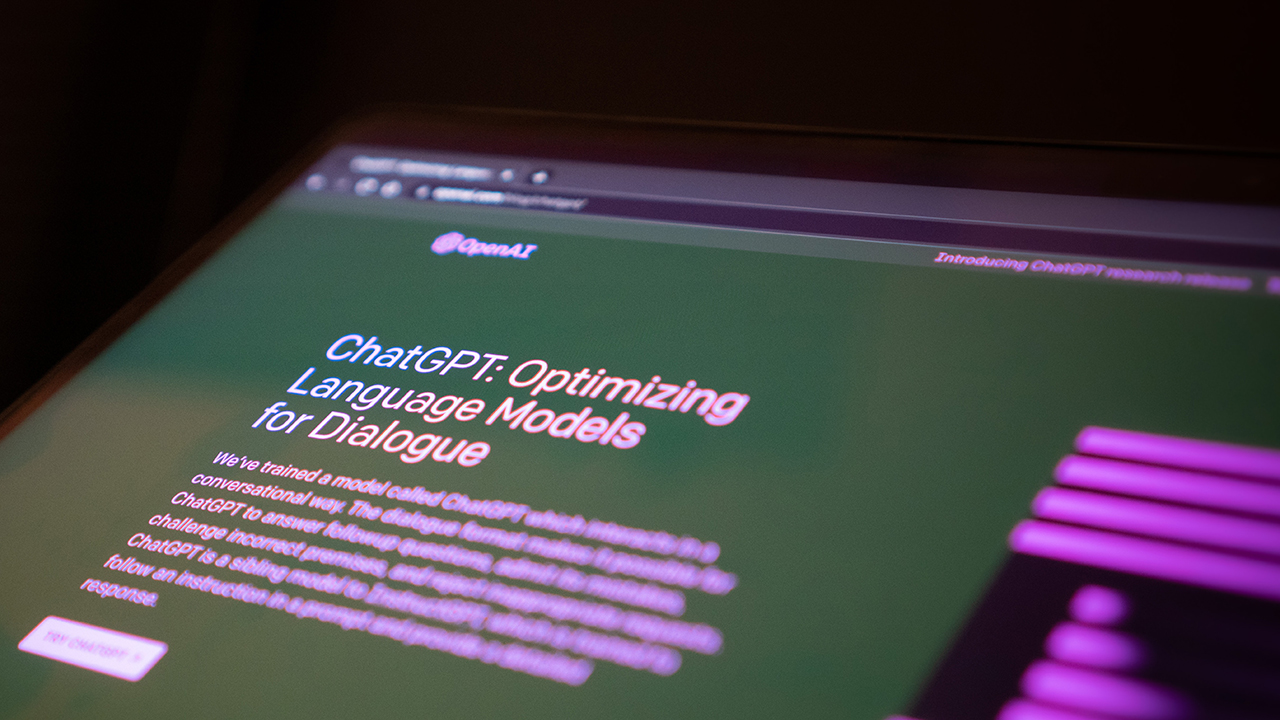
Back in the earlier days of the internet, an emerging but short-lived trend involved chatbots who could generate conversation with whomever it talked to. Does this sound familiar? Today, a similar phenomenon is creating a lot of waves online, headed by the infamous ChatGPT. The exceedingly popular ChatGPT is turning heads out of fear that the technology will eventually upend society and eradicate a lot of jobs.
But what exactly is ChatGPT? How is it different from language programs in the past? Is the world right to worry about them?
On the rise of language learning
ChatGPT is hardly the first software to inexplicably generate comprehensible dialogue without human intervention. Decades ago, the internet hosted rudimentary versions of today’s chatbot technology. The concept is somewhat similar, though. The early versions relied on a database of responses from human users. If you asked about coffee, for example, the answer you get will likely come from the logs of another user who talked about coffee in the past.
Because the system was imperfect in its infancy, part of the appeal was trying to get the software to fumble a conversation. However, if it did mess up, you can count on it asking you what it should have said. The next time someone asks the same question, the software might mirror what you said, creating a learning process between the software and the user.
Today, chatbots — meaning those usually used by businesses today — operate in the same way. If a customer comes with a query, the software will rely on a set of responses to most appropriately address the user’s problem. If the software can’t come up with a solution, the ball usually gets passed on to a human consultant.
Is ChatGPT just another chatbot?
Though the label certainly gets thrown around, ChatGPT isn’t strictly a chatbot. Instead, the software uses GPT-3.5, a specific language model created by OpenAI. Whereas early and more rudimentary versions of the same technology can already store an unbelievable amount of information in its memory, ChatGPT can analyze billions of words and the relationship between them.
Further, OpenAI extensively trains the software, ensuring that comprehension and grammar can live up to today’s standards. The learning is supervised. In fact, the company even has a makeshift reward system to ensure that the software puts out the most appropriate response. With users also contributing to the software’s learning process, ChatGPT is quickly emerging as a powerhouse for the technology.
The results speak for themselves. While users can generate simple conversations with the software, ChatGPT can just as easily answer more extensive queries with lengthier responses. If you ask it to create an essay about Christopher Columbus, for example, it can write a lengthy piece that can easily fool a casual reader. It can even handle more speculative queries. In a sample published by the developer, ChatGPT can answer what would happen if Columbus discovered America in 2015.
What’s it good for?
Based solely on what the software can do, ChatGPT can find its purpose in today’s world. The software can improve voice assistants and chatbots all over the internet. It can make big strides in the world of automation, enabling a more responsive interface between user and software.
On a more human aspect, the software can also handle more professional jobs with simpler prompts such as those involving simple marketing copy. It can help with more ephemeral research efforts, allowing users to get simple answers for otherwise complex questions.
And, on a more technical side, ChatGPT can reportedly analyze and detect what’s wrong with a piece of coding. With the software, developers can use ChatGPT to potentially repair code without having to pore over every single line. Allowing a powerful tool to inspect code speaks volumes for a lot of applications all over the world including smart vehicles and technical machinery.
However, as with every piece of technology, users will always find a way to use something beyond what it was originally designed for. ChatGPT is now changing the world of education as students are using the software to do their homework for them. Though a lot of the sample texts look like they can fool only lower levels of education, a Wharton business school professor (via Business Insider) recently stated that he would have been fooled by a ChatGPT essay, grading a sample with a passable grade of B or B-.
Should we be scared of ChatGPT?
ChatGPT is undoubtedly rocking the world of education. While some schools have banned the technology outright, others are debating on the software’s impact on how schools are taught. Since ChatGPT deals out more factual information, could education reinvent itself to teach more personal, tailored learning, rather than just the ability to spit out memorized facts. (“Factual” might even be an exaggeration. CNET, which recently experimented with AI-written articles, discovered a plethora of errors from using the software.)
Now, education isn’t the only world in peril. The creative industry is facing an extreme challenge wherein ChatGPT can potentially cause workers their jobs. Though the danger certainly seems real, the limitations of technology are also real. ChatGPT can create comprehensible text that can fool a human, but it will likely stumble with conceptualization.
A piece of software is just software. Even if it can write an essay about existentialism, it cannot think of the concept metaphysically. In the same way, even if it can show you a photo of a parrot, it cannot think of that photo as anything but a pattern of pixels. To a language learning software, words don’t mean anything else besides their relationship with each other. It’s the same thought process as a dog learning to run to its human when its name is called. The dog doesn’t know that you just said its name (or even the mere concept of a name); it just knows to do a certain action after hearing a specific sound.
Can ChatGPT change the world? Overall, the jury is still out, but it’s unlikely that a piece of learning software can do much to replace human-centric work. Regardless, it’s important to think of how ChatGPT can improve (or detriment) humanity.
Like with other supposedly dangerous technology, the world of technology is a Pandora’s box. We can never put the genie back into the bottle. Once it’s out, it’s out. Instead of worrying about how technology can destroy the world, the more appropriate response is to figure out how it can better humanity without sacrificing anyone’s wellbeing in the process.

When you’re looking to buy a new device, which specs should you pay attention to? Which upgrades should you consider?
In this video instead of reviewing the latest new smartphone, we’re going to talk about its unsung hero: RAM.
We partnered with @MicronTech to help you understand all the magical things that you get to do on your smartphone thanks to internal memory and storage.
To find out more about Micron’s mobile memory and storage solutions and how they’re bringing mobile innovation to life, visit https://www.micron.com/solutions/mobile or watch our explainer video.
-

 Accessories2 weeks ago
Accessories2 weeks agoApple Vision Pro Review: Two Months Later
-

 Features5 days ago
Features5 days agoFortify your home office or business setup with these devices
-

 Gaming1 week ago
Gaming1 week agoThe Rogue Prince of Persia looks like an ultra-colorful roguelite
-

 Philippines2 weeks ago
Philippines2 weeks agovivo Y100 to release in Philippines on April 27
-

 Gaming1 week ago
Gaming1 week agoStar Wars Outlaws release date revealed
-

 Events1 week ago
Events1 week agoStellar Blade: PlayStation taps cosplayers to play Eve for game’s launch
-

 Accessories1 week ago
Accessories1 week agoLogitech unveils G Pro X 60 gaming keyboard: Price, details
-

 Deals2 weeks ago
Deals2 weeks agoSamsung Awesome April: Deals on Galaxy A series


